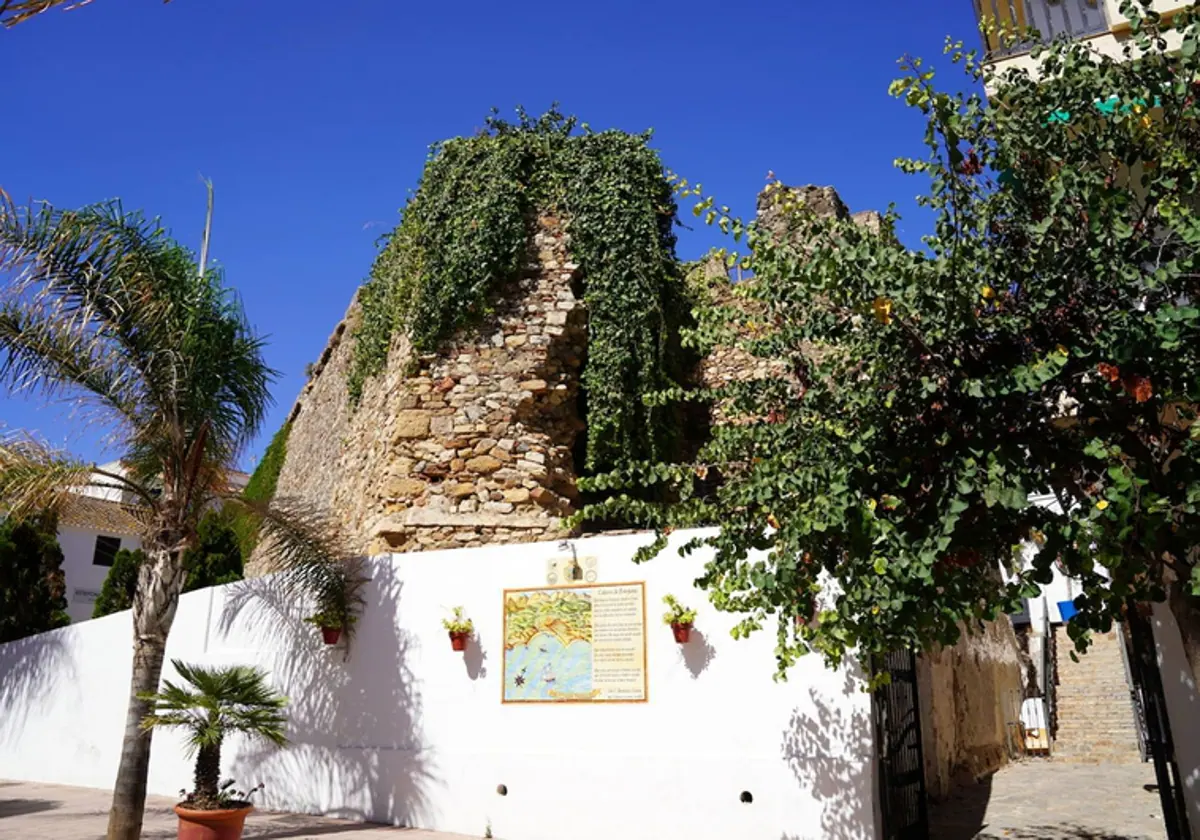Estepona to restore historic castle at cost of half-a-million euros
A walkway will be installed that will allow visitors to see the castle interior and view the remains of the different historical phases of the building
David Lerma
Estepona
Tuesday, 17 October 2023, 09:42
The repair and conservation works of the Castillo de San Luis (San Luis Castle), a coastal fortress built at the end of the 16th century and whose remains are located in the historic centre of Estepona, has been awarded to the company Grafeno Inversiones for 531,795 euros, financed with European Union funds.
According to the town hall, the works will begin in the coming weeks, for which the detailed study of the excavations led by Ildefonso Navarro, a council archaeologist from Estepona, and historians Adrián Suárez and Pedro Martín, has been of vital importance. All three experts shared information in 2020 at a virtual congress.
“We have excavated the original floors from the 16th century, some with stones and others with mortar. We have found a series of rooms from the same period,” the experts said. The project was presented to the Junta de Andalucía and foresees the installation of a walkway that will allow visitors to visit the castle interior and view the remains of the different historical phases of the building. “Visitors will be able to visit the area built in the 16th century and the 18th century cannon battery,” Navarro said.
Moorish rebellion
The San Luis castle was born of its era when the Moorish rebellion of 1568 forced the naval defence of the Kingdom of Granada. In 1575 the town’s five beacon towers were erected. That same year an extension of the wall was proposed, which was never carried out, although two plans were drawn up by the engineer Juan Ambrosio Malgrá, from which Fernando Hurtado de Mendoza, general capital of the coast of the Kingdom of Granada, ordered the current castle to be built, whose construction was completed in 1588.
After the capture of Gibraltar in 1704 by Britain, several battles were fought on the beach of La Rada. The most important took place in 1712, when three British ships fired on Estepona and the castle artillery managed to sink one of the ships.
French troops
From 1731, the fortress was shaped like a diamond point, with a two-storey barracks and a round rooftop, which did not overcome its poor defensive capabilities.
In August 1812, French troops blasted holes in the castle’s four corners, preventing its rebuilding. Except for the battery, called Baluarte de Mediodía, with a pentagonal plan, which was added in 1907, the rest was demolished at the beginning of the 20th century. Currently, only part of the original castle, including a mural, remains after 400 years of additions and losses.
